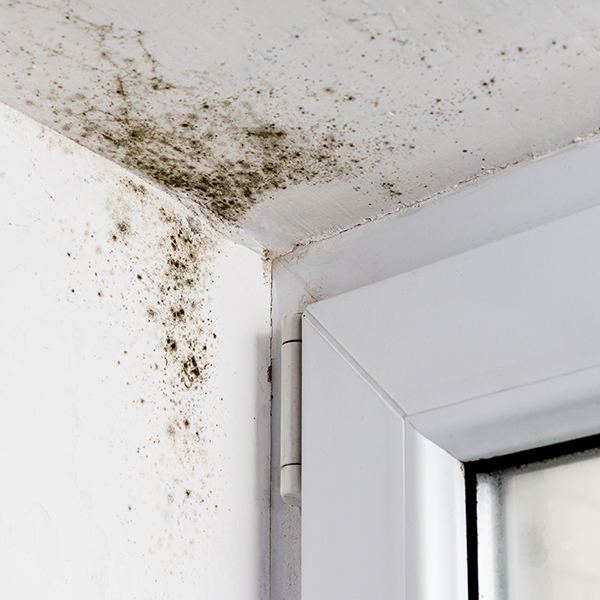
Do Dry States Like Colorado, New Mexico, & Wyoming Really Have to Worry About Mold?
While it may seem that the issue of mold is something that, as a rule, only those who live in the damp Pacific Northwest or the muggy Southeast may have to deal with, mold is found in every single corner of the U.S.
In fact, an allergy testing study done by Quest Diagnostics in 2011 discovered that the southwestern United States is the overall worst region for mold allergy sufferers to live in, which seems surprising as this region also has the driest climate in the U.S. The same study even found that Denver was among the top 10 worst cities to live in for those with allergies to mold.
What this study found was that the presence of mold in buildings has more to do with factors such as building maintenance and construction practices rather than a geographical location having high levels of humidity.
So, unfortunately, even those of us who live in the dry states of Colorado, Wyoming, and New Mexico have to be aware of the health dangers of mold and the likelihood that any areas with dampness in our homes are susceptible to mold.
Indoor mold typically grows in the places of your house with the highest humidity or dampness, including showers, basements, HVAC systems, and even inside walls. In a moist or wet environment, mold can begin to grow in as little as 24 hours. While there are obvious indicators that mold may show up, like a leaky roof, leaky pipe, or a flood, there’s several subtler ways mold can find its way in—damp construction materials, groundwater finding its way through foundation cracks, and insufficient dehumidification. Mold grows well on everything from paper products, cardboard, ceiling tiles, and wood to wallpaper, insulation, drywall, carpet, fabric, and upholstery.
While there are many, many different types of mold, black mold (stachybotrys chartarum) found indoors is especially dangerous. Health effects include chronic coughing and sneezing, eye and throat irritation, rashes, chronic fatigue, headaches, and, in severe cases, even nausea, vomiting, and bleeding in the lungs and nose.
The best ways to control mold growth in your home are:
- controlling humidity levels (with a humidity level no higher than 50%)
- promptly fixing leaks
- immediately and thoroughly cleaning and drying after flooding
- ventilating shower, laundry, and cooking areas
If you’ve experienced water damage or suspect there may be mold in a high humidity area of your home, contact Water Extraction Experts right away. (Remember! Mold can begin to grow in as little as 24 hours!) Our team is made up of mold remediation specialists, and we use the most advanced tools and equipment in the industry and EPA (Environmental Protection Agency) mold removal standards to minimize health risks to your family. Not only will our team safely remove and clean the mold, but we will also help you find the source of the moisture to help stop further mold problems.
Give us a call!
Hiring a professional water extraction team like Water Extraction Experts can give you peace of mind that your home is in good hands. We work directly with your insurance!
We are equipped to guide you through the process of protecting your property and getting you back to your life as soon as possible.
EMERGENCY 24/7 MOLD REMOVAL AND WATER DAMAGE SERVICES
CALL: 970-581-4498 Northern Colorado
CALL: 307-220-5900 Southeastern Wyoming
CALL: 505-250-6500 Albuquerque and Santa Fe, New Mexico METRO Areas
